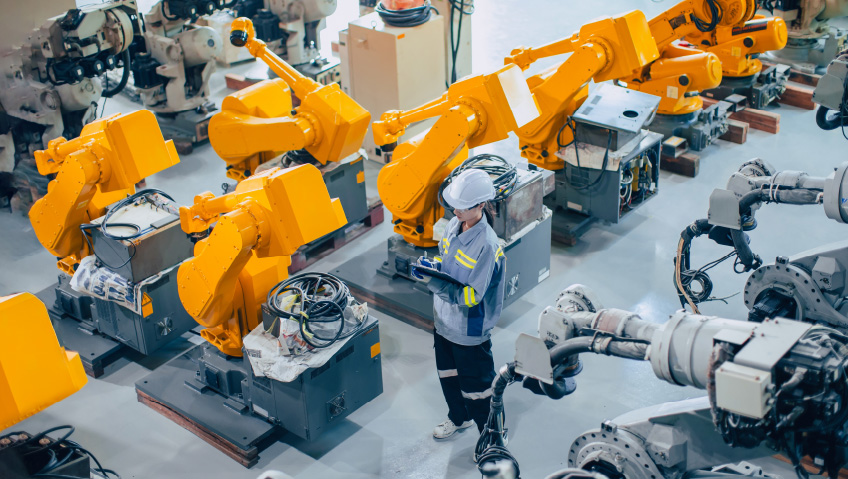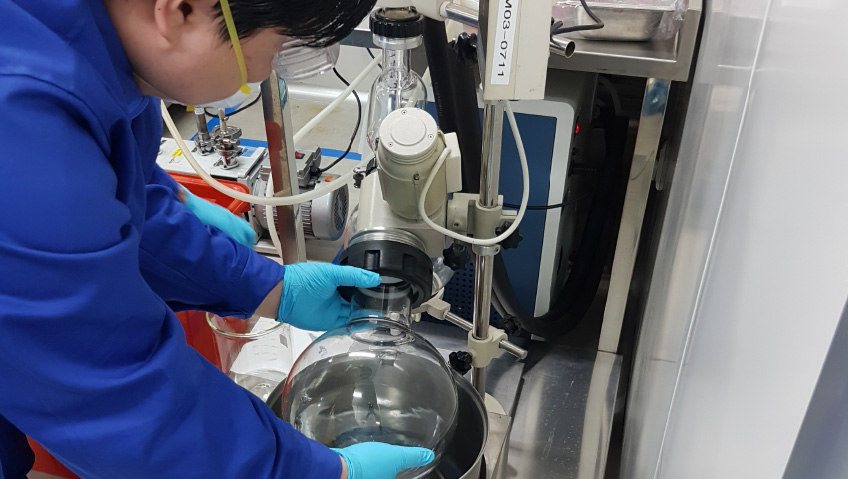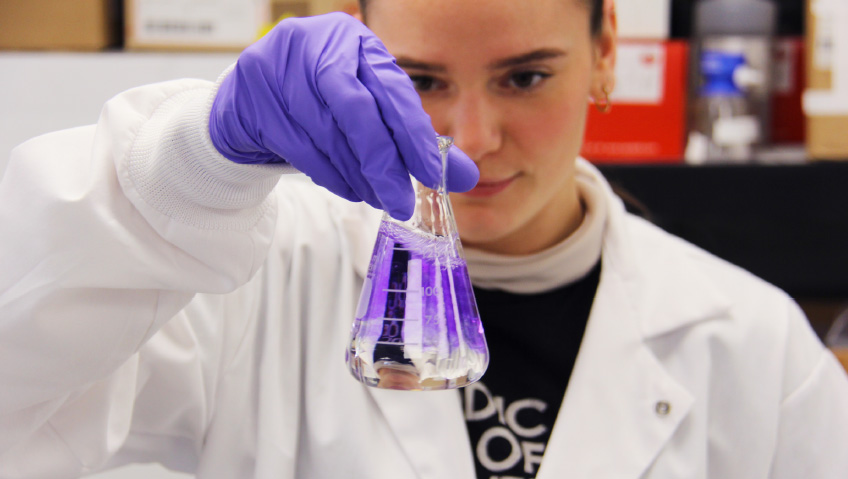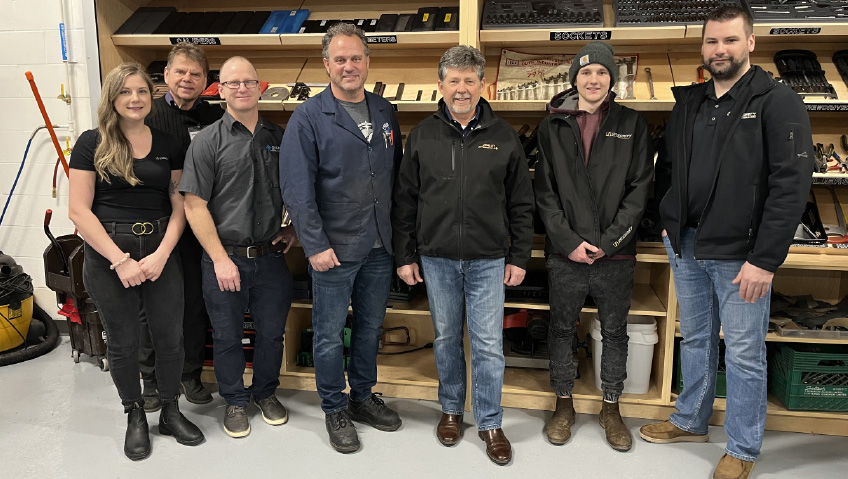In a time where antibiotic resistance and other looming medical quandaries are driving innovation in an ever-growing industry committed to saving lives, growing the manufacturing of laboratory and hospital equipment, pharmaceuticals, and medical devices on North American soil is imperative to national safety. To this end, the United States’ medical equipment industry alone is rearing to expand to nearly $75 billion over the next four years—predicted to be the largest single market of this kind in the world.
Mainly driven by increased life expectancy and lifestyle- and environment-related long-term health issues, robust market growth is anticipated globally for the industry. Last year, research pointed toward a global medical equipment market value exceeding $600 billion, with the sector following a steady compound annual growth rate of just over seven percent over the past six years. Current estimates indicate an average one percent climb in this number—possibly resulting in an overall international market value of more than $300 billion developing over the next three to four years.
Word is that in-vitro diagnostics equipment is set to outshine other market divisions, with its earning potential positioned at over $58 billion by as soon as 2027, while disposable-and-consumable sales are expected to earn well over double that amount over the same period.
Experts ascribe this rigorous expansion to the improving economies of countries with new, emerging healthcare markets coupled with an overall boom in the healthcare industry across established, thriving economies. Currently, some of the United States’ most notable contributors in medical equipment supply include Thermo Fisher Scientific in Waltham, Massachusetts; Becton, Dickinson and Company based in Franklin Lakes, New Jersey; PerkinElmer, Inc. also in Waltham, Massachusetts; conglomerate Danaher Corporation headquartered In Washington, D.C.; and Waters Corporation in Milford, Massachusetts, amongst others.
Pharmaceuticals have been a greater challenge, however. In 2020, medicine shortages were described as “unacceptable” by many. Despite significant efforts to secure pharmaceutical supplies locally, the end of last year still saw truly chilling figures doing the rounds online alongside claims that China and India supply North America with nearly all of its antibiotics. Some reports claim that even medicines manufactured locally rely heavily on active ingredients from abroad.
Although closer scrutiny bore no reliable sources for the claims, the Food and Drug Administration’s available medicines website page still reflects a concerning list of “currently in shortage” tabs. Though the question concerning how much medicine America imports remains without a clear, endorsed answer for now, the recent supply chain issues that we saw globally appear to suggest prudence and to err on the side of higher guesstimates when approaching the matter.
Right now, that is enough reason to continue the drive for medical independence. Due to these shortages, some medicine prices hit the roof since supply chain issues started in what appears to be a supply and demand battle of sorts. In a piece exploring why this is happening, stats.com reported in October 2022 that fludarabine, a well-known chemotherapy treatment in the United States, had been readily available at just over $100 before the shortages but started selling for over $2000 wholesale in some cases as supply challenges continued.
To illustrate, the current going retail rate for this specific drug is approximately $119 for 25 mg/mL depending on where people buy, according to drugs.com. The good news is that, to remedy the entire situation, the American Made Pharmaceuticals Act (S. 3991 and H.R. 7400) was introduced into U.S. Congress earlier this year, requiring The Centers for Medicare & Medicaid Services to prioritize locally produced medicines over imported ones as set out by the Medicare, Medicaid, and the Children’s Health Insurance Program (CHIP). Time will tell how soon—or whether—prices return to pre-shortage rates.
In a detailed report in February, IBISWorld noted California as the largest manufacturer of medical devices with just under 230 such companies calling the state home. California’s industry dominance is followed by Massachusetts and Florida, with just under eighty manufacturers of medical devices in each state. As it happens, Miami, Florida is also home to FIME, the Florida International Medical Expo taking place from 21 to 23 June of this year. With over 1000 exhibitors and more than 11,000 industry professionals from around the world, the event brings cutting-edge medical equipment and technology to end users across the continent and beyond.
While there are many smaller, growing players in the medical device industry, the USA’s main contributors remain constant. Toward the end of last year, Medtronic was the leader, with a market value of nearly $32 billion, followed by Johnson & Johnson MedTech and Siemens Healthineers. With a consistent one percent annual growth rate since 2018, according to recent reports, overall growth in the medical device fabrication industry alone is increasingly becoming a considerable contributor to North America’s gross domestic product. Following the lessons learned from the COVID-19 pandemic, the national drive to improve medical resource security in light of Asian market dominance grew more urgent alongside the nearly ninety percent of American personal protective equipment imported at the height of the crisis.
As a result of much work invested to remedy the situation, as well as this specific industry being heavily reliant on human labour, staff appointments have increased with over one percent consecutive growth per annum since 2018, with indicators reflecting close to 281,000 individuals currently employed in the medical device fabricating industry overall. Its median employment rate is just under 20 people per business in the United States alone. In addition, research suggests that the number of new operators in the industry has increased by around one percent over the past five years. As many in the industry may know, plans are underway to solve the fabrication labour deficit with initiatives such as free training like the ACE program offered to machinists and other aspiring artisans by America’s Cutting Edge and others.
As an industry that prides itself on its efforts to establish and prolong human wellness, setting up and retaining more manufacturers—and in the process, providing employment—appears to have become a legitimate part of the medical industry’s mandate across North America. Toward the end of last year, Deloitte estimated that the U.S. established 25 percent more positions compared to the previous year, with around 350,000 new jobs, thanks to reshoring manufacturing in general.
To successfully re-shore manufacturing, those in the know recommend that considering the demands of its bill of materials (BOM), or detailed manufacturing outline, should be every manufacturer’s deciding factor in ascertaining the best way to secure steady and reliable supply chains, coupled with calculating whether the cost of available supplies would outweigh the value of having improved control over distribution. Other challenges can include red tape—but often for the greater good. Because while Food and Drug Administration control, for instance, may slow some processes for manufacturers in this industry, putting in the work means that the general public remains protected—which, after all, remains the main aim of the entire mission.






